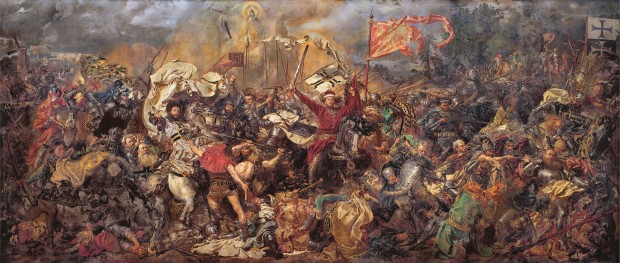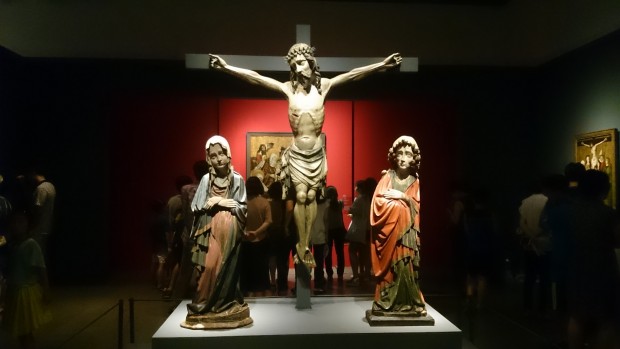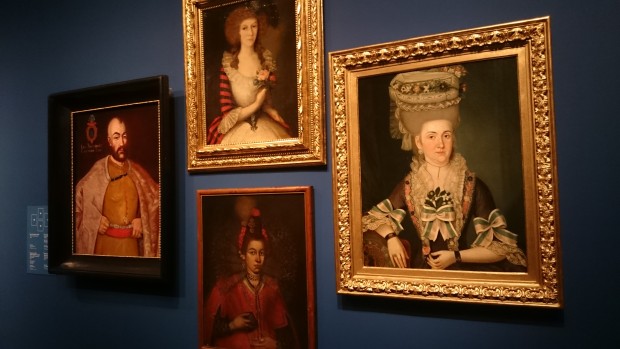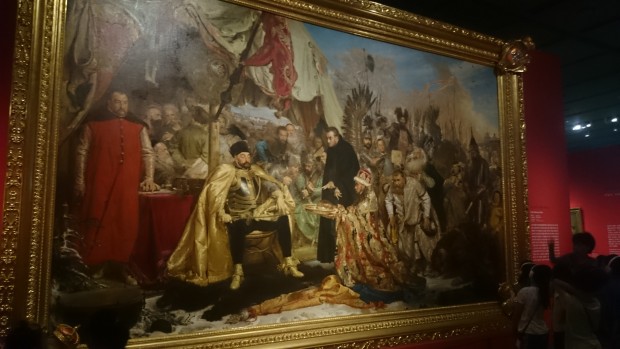Polish art: Enduring soul of the past
Jan Matejko once said, “Art is a weapon of sorts; one ought not to separate art from the love of one’s homeland.” Though his words might seem hard to accept in our modern age, but they express the true nature of Poland’s art history.
Poland went through civil wars, invasions, and the country was divided and controlled by a number of countries like Germany and Soviet Union, and each stage of its history had its own mark on the cultural and artistic works of its generations.
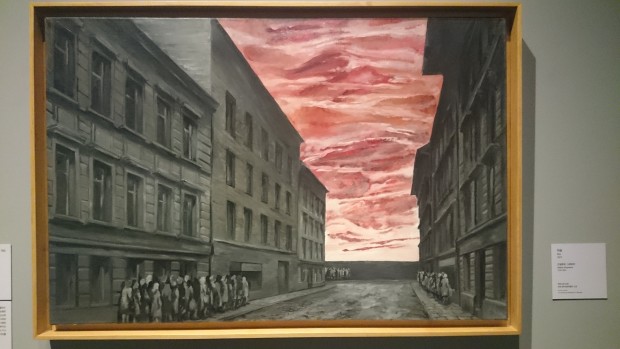
An Example of a 20th century polish work of art, and the soul of the middle ages seeping through it.
Poland’s cultural movements can be traced back to the middle ages, when their art took a religious theme most of the time, owing to the fact that most of the artistic sculptures and paintings made during that era were to be used in churches. Their art through ages has always reflected European trends while maintaining its unique character. Polish artists developed a number of art schools as they were affected by art in other European countries as well, the most famous one could be the “Krakow school of historic painting” developed by one of Poland’s most influential artists, Jan Matejko, as they produced monumental portrayals of customs and significant events in Polish history.
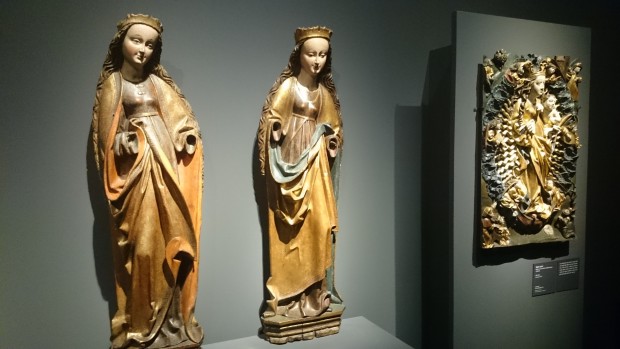
Religious themes took over the medieval art scene in Poland, with numerous portraying of virgin Mary.
History of Polish art:
The culture of Poland is closely connected with its intricate thousand-year history. Its unique character developed as a result of its geography at the confluence of various European regions. Over time Polish culture has been profoundly influenced by its interweaving ties with the Germanic, Latinate and Byzantine worlds as well as in continual dialog with the many other ethnic groups and minorities living in Poland. The people of Poland have traditionally been seen as hospitable to artists from abroad and eager to follow cultural and artistic trends popular in other countries. In the 19th and 20th centuries the Polish focus on cultural advancement often took precedence over political and economic activity. These factors have contributed to the versatile nature of Polish art, with all its complex nuances.
Poland’s cultural and historical history can be divided into main philosophical and artistic periods: Renaissance (late 15th to the late 16th century), which was considered the golden age in Poland’s cultural history owing to the fact that there haven’t been any major wars during that period, closely followed by Baroque era (late 16th to the mid-18th century), an era of triumphant, grand and epic art with contemporary art slowly taking over.
Then comes the age of Enlightenment (second half of the 18th century), which brought with it more appreciation for international artistic works, which was later replaced by Romanticism (from around 1820 until the suppression of the 1863 January Uprising against the Russian Empire), as it was an era to express the ideals of a large portion of society who objected to ethnic and religious discrimination. But between 1890 and 1918, it was “Young Poland” era, the start of a modernized cultural change in Poland.
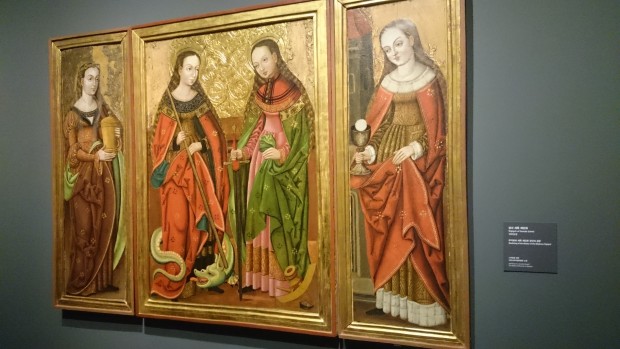
Most of the artistic sculptures and paintings made during the middle ages were to be used in churches.
It could be said that one of the most epic stages of polish art was the Interbellum era (1918–1939), as it was the rebirth of Poland, being no longer surpassed by three foreign partitions, and on the contrary the era of World War II (1939–1945) was the worst for polish art that was suppressed by Nazi Germany and the Soviet Union, and by the end of the war began a new era, dubbed “People’s Republic of Poland”, and continued till we were introduced to Modern art, as they saw the communism fall, thus beginning a profound transformation in the history of Polish art.
“The Battle of Grunwald”, an artistic example:
One of Poland’s most notable paintings is Jan Matejko’s “The Battle of Grunwald” depicting the epic battle between Crown of the Kingdom of Poland and Grand Duchy of Lithuania over the Teutonic Order in 1410. Matejko spent three years working on this epic painting from 1875 to 1878, which will be after it’s done, one of Poland’s iconic art works. When he decided to revive that epic battle of history, Matejko wanted to be one of the symbols of Poland’s glorious history.
His painting came across as a grand-scale historic documentary, and it would take days to take every little detail in, as many art critics in Europe noted, but on the other hand many others criticized its chaotic nature and unrealistic depiction of the battle. But despite the Nazi German putting this painting on their most wanted list, it survived the occupation hidden safely in a rural barn in Poland.
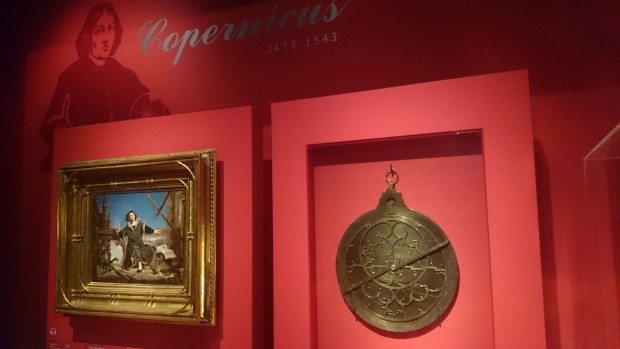
Nicolaus Copernicus, the revolutionary astronomer, was celebrated along with his original book on space.
Such paintings as Matejko’s “The Battle of Grunwald” and “Stefan Batory at Pskov” are so rich with intertwined details that it’s impossible to leave it without having that scene engraved in your mind. It has that power, and it might be the works of Matejko and Jozef Simmler and other polish artists, the reason why these historic events endured all that time and live clearly in the consciousness of polish society.
Enduring Polish art in Seoul:
And for its first time, National Museum of Korea hosts a three-month exhibition of Polish history through the ages. And it’s only appropriate for these two countries to come together, as they have many similarities between them, main of which is how they had the power to overcome invading countries and rise from the ashes.
The exhibition showcases over 250 pieces of artworks, sculptures and handicrafts of Polish history, celebrating iconic polish names such as Chopin in music with his handwritten manuscripts, Copernicus in astronomy and part of his revolutionary original book on space, and Matejko in art with some of his grand historical paintings.
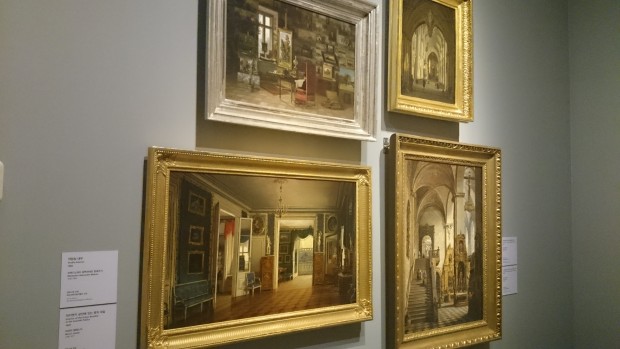
The interior of buildings and their details remained a strong point in polish art through the years.
Upon entering the exhibition, you feel solemn witnessing the medieval sculptures, then the grand looking art through the Sarmatian age and seeing the difference apparent in Young Poland’s era, and finally the works of 20th century Poland that still has a taste of the past.





















